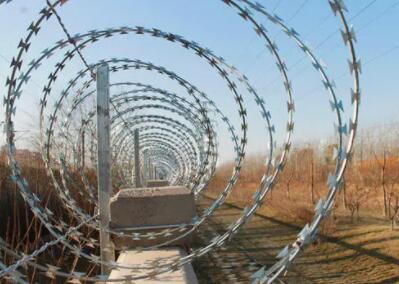Understanding the Pricing Dynamics of GI Wire A Comprehensive Overview
Galvanized iron (GI) wire has become an essential commodity in various industries, including construction, agriculture, and manufacturing. This versatile material offers durability, corrosion resistance, and high tensile strength. Consequently, the demand for GI wire continues to rise, influencing its market price. In this article, we will explore the factors affecting GI wire prices, market trends, and future projections.
What is GI Wire?
GI wire is made from iron or steel that has been coated with a layer of zinc through a process known as galvanization. This coating provides an additional line of defense against rust and corrosion, making GI wire suitable for outdoor applications. The wire is commonly used in fencing, binding, and various construction tasks, highlighting its critical role in everyday construction and agricultural operations.
Factors Influencing GI Wire Prices
1. Raw Material Costs The primary factor affecting GI wire prices is the cost of raw materials, such as iron ore and zinc. Fluctuations in the global prices of these materials often lead to corresponding changes in the cost of GI wire. For instance, if the price of zinc increases due to supply chain disruptions or increased demand, manufacturers will likely pass these costs onto consumers.
2. Supply and Demand Dynamics The basic economic principle of supply and demand heavily influences GI wire pricing. When demand for GI wire increases—perhaps due to a construction boom or heightened agricultural activities—prices may rise. Conversely, if supply exceeds demand, prices could drop. Seasonal variations in agricultural activities also impact demand, contributing to price fluctuations throughout the year.
3. Production Costs The manufacturing process of GI wire involves various costs, including labor, energy, and machinery. Increases in energy prices or labor costs can impact overall production expenses, leading to higher prices for end consumers. Additionally, advancements in manufacturing technology that improve efficiency could help stabilize or even reduce production costs, thus impacting prices favorably.
4. Market Competition The level of competition in the GI wire market can also dictate prices. In a highly competitive market, manufacturers may lower prices to attract customers. Conversely, in a monopoly or oligopoly situation, companies might maintain higher prices. The entry of new players could also stimulate competition, affecting overall pricing structures.
gi wire price

5. Global Economic Conditions Broader economic factors, such as inflation rates and currency fluctuations, can impact the price of GI wire. For instance, if there is significant inflation in the manufacturing sector, the purchasing power of consumers may decrease, affecting overall demand for GI products.
6. Government Policies and Trade Tariffs Government interventions through tariffs, taxes, and subsidies can significantly impact the price of GI wire. For instance, if a government imposes tariffs on imported GI wire, domestic manufacturers may increase prices to take advantage of reduced competition. Conversely, subsidies might lower production costs, impacting pricing positively for consumers.
Recent Trends
In recent years, the demand for GI wire has surged, especially in developing economies where infrastructural development is a priority. This boom is reflected in stable to rising prices observed in many markets. Additionally, the growing emphasis on sustainable and resilient infrastructure has fueled interest in the durability offered by GI wire.
Climate change and environmental policies may not immediately influence GI wire prices; however, as countries increasingly commit to sustainable practices, the demand for eco-friendly materials may shape future production and pricing strategies.
Future Projections
Considering the ongoing global developments, it is expected that the price of GI wire will remain volatile in the near future. The interplay between raw material costs, economic conditions, and market dynamics will govern how prices evolve. Stakeholders in the GI wire market must remain vigilant and adapt to changing conditions to ensure competitiveness.
In conclusion, understanding the pricing dynamics of GI wire involves analyzing a complex interplay of factors such as material costs, demand-supply principles, production expenses, market competition, and global economic conditions. As industries continue to evolve, GI wire will likely remain a critical component, and its price dynamics will reflect broader economic trends across the globe.

















